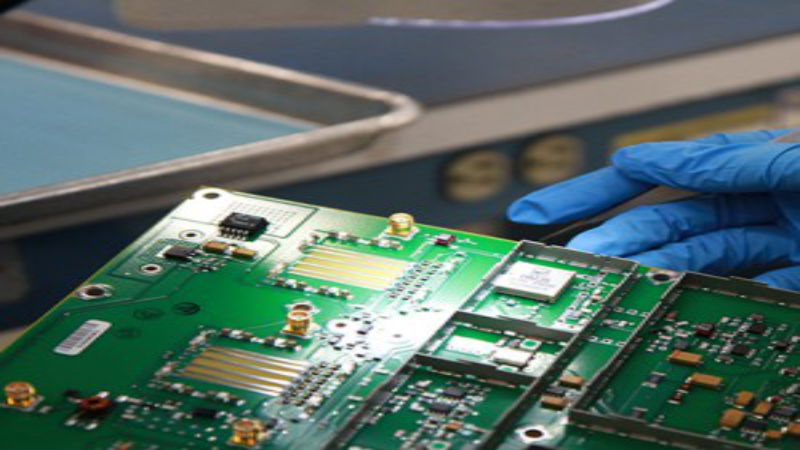Having an accurate tool or device to measure pressure in a system is essential for any type of application. In the most simple definition, a pressure manometer is a measuring instrument using a column of liquid to provide the measurement. However, it is very common to hear people use the term manometer to use any type of device or instrument used to measure pressure.
The History
Historically, pressure measurements were completed by measuring how much liquid in a column was displaced with the application of the device to the system. This measurement is based on the change in the pressure head, which is the measurement of the energy in a fluid based on the pressure it exerts on a container.
In these types of traditional manometers, mercury was often used as the fluid in the container. This would result in a different measurement than if the same reading was done using a liquid column of water, and therefore the designation of millimeters of mercury or inches of water was often used to provide clarification.
There are other units used to measure specific types of pressure such as units torr, which includes the use of an absolute scale. These measurements are completed with mercury, which has a higher density, and therefore provides the option to use a much shorter tube.
Additionally, the specific devices were often imprinted with the letters W.C. to indicate that the particular pressure manometer was used to measure a water column.
Types of Manometers
There is a wide range of different pressure manometer designs and styles in use today. One of the the simplest options is a simple tube that is open at the top. This typically referred to as a Piezometer tube manometer, and it allows for simple measurements of larger volumes of liquids in relation to the size of the container.
A U-Tube manometer can measure the pressure of two liquids, two gases or a combination of liquids and gasses. These have to be carefully designed with the liquids and gases in consideration, ensuring the fluid used in the U-tube between the two will prevent the manometer fluid from mixing with either of the measured fluids.
The U-Tube can also be designed to measure a liquid or a gas and the atmosphere, thus measuring gauge pressure. This is often used for differential pressure measurements where accuracy is required without complicated calibration
These pressure manometer designs can be very accurate, and are used for measurements in the field or in specific types of operations and applications. Different configurations can be used to measure very high pressures, and they can be combined with electronic sensors for laboratory calculations and measurements.



